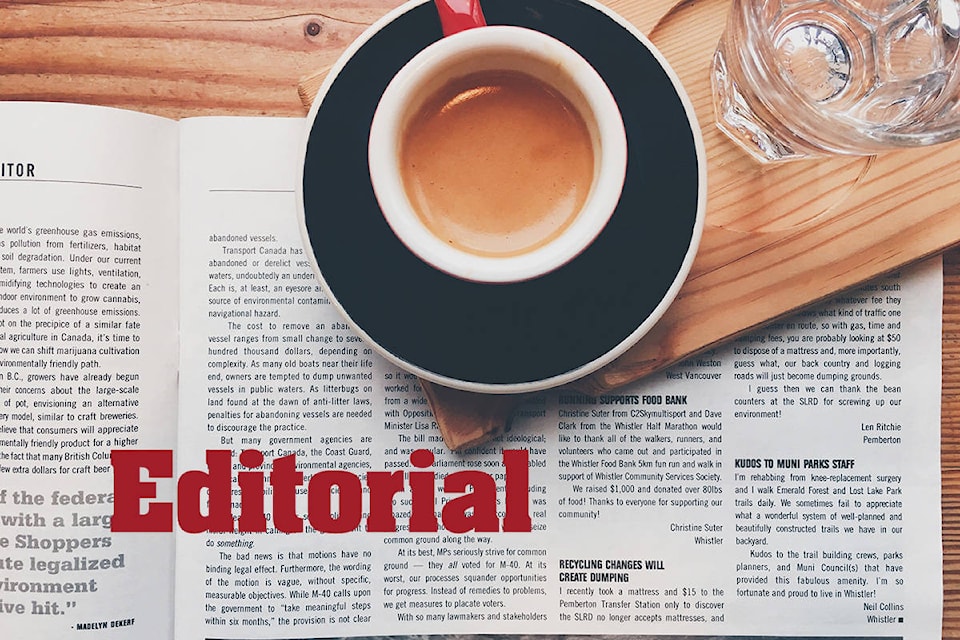After the 2017 wildfires, tensions remain high in our community when it comes to wildfires. To provide just one example, after a recent listing on the active wildfire map we got a call from one resident asking if she should evacuate her family. The fire listing was several kilometres away and not of any substantial size. That’s the level of anxiety our residents are still experiencing.
After last year, there were plenty of reports, public consultations and reviews on every single element of the fires. If there’s one thing that was clear from those reports, it’s that communication needed to improve by leaps and bounds.
According to the BC Flood and Wildfire Review, authored by George Abbott and Chief Maureen Chapman, “just over half of respondents disagreed that wildfire information was communicated in a timely manner.”
According to the Cariboo Chilcotin Wildfires 2017 report by Butterfly Effect (on behalf of the Cariboo Regional District), “residents want more local information more regularly,” and the BC Wildfire Service (BCWS) “was rated to have the lowest overall response rating among all agencies in the survey. In addition, most of the comments during meetings about the BCWS were negative.”
READ ALSO: Fire confirmation
Despite these reports, from a communications standpoint, this year didn’t start off much better. When fires broke out in May, we phoned the Cariboo Fire Centre (CFC). To our (and seemingly their) surprise we were connected to the Coastal Fire Centre. After insisting we dialled the right number, they said they were short on Fire Information Officers (FIO) and were covering for the CFC. Following up with the Chief FIO, he said this was not the case but that they were doing training in Kamloops.
Meanwhile, updates have often been quite generic. This got to the point this week where it was suggested to one of our reporters that she’d go to the BC Wildfire Active Wildfire Map for the most up-to-date information. A map that has a big warning noting, “wildfire data may not reflect the current fire situation,” and “the information is intended for general purposes only and should not be relied on as accurate.”
When asked if it’s possible to identify which of the 58 fires listed are confirmed, the reporter was told, “unfortunately we just don’t have the time to do that.”
READ ALSO: Sizing up your newspaper
This, I’m sure, isn’t the improvement residents were looking for and in some situations getting just the top level of information is only enough to cause distress. Consequently, some residents have told Free Press staff members that they’re thinking of checking out fires themselves or getting a drone to check them out. This, I’m sure, isn’t what the BCWS wants either.
Some may contest that with hundreds of fires going on around the province, it’s understandable that they’re struggling to get accurate information out quickly. However, if, as we seem to have been told many times, this is the new normal, that’s simply not acceptable.
It’s not clear where the problem originates: maybe more funding is needed (I’ve been told they already hired more FIOs for this year) or maybe it’s a structural problem. And to be fair, a lot of the time, communication is excellent. Furthermore, I can say that most or all of the FIOs I’ve spoken to in the past year, from my perspective, have worked incredibly hard and are doing their absolute best.
However, the present situation is not acceptable. It’s not fair to our residents, many of whom are still experience heightened stress levels from last year. It’s not fair to the firefighters working their butts off every day. And, it’s not fair to the FIOs who, I’m sure, have to deal with some of the resulting backlash.
Like us on Facebook and follow us on Twitter.
